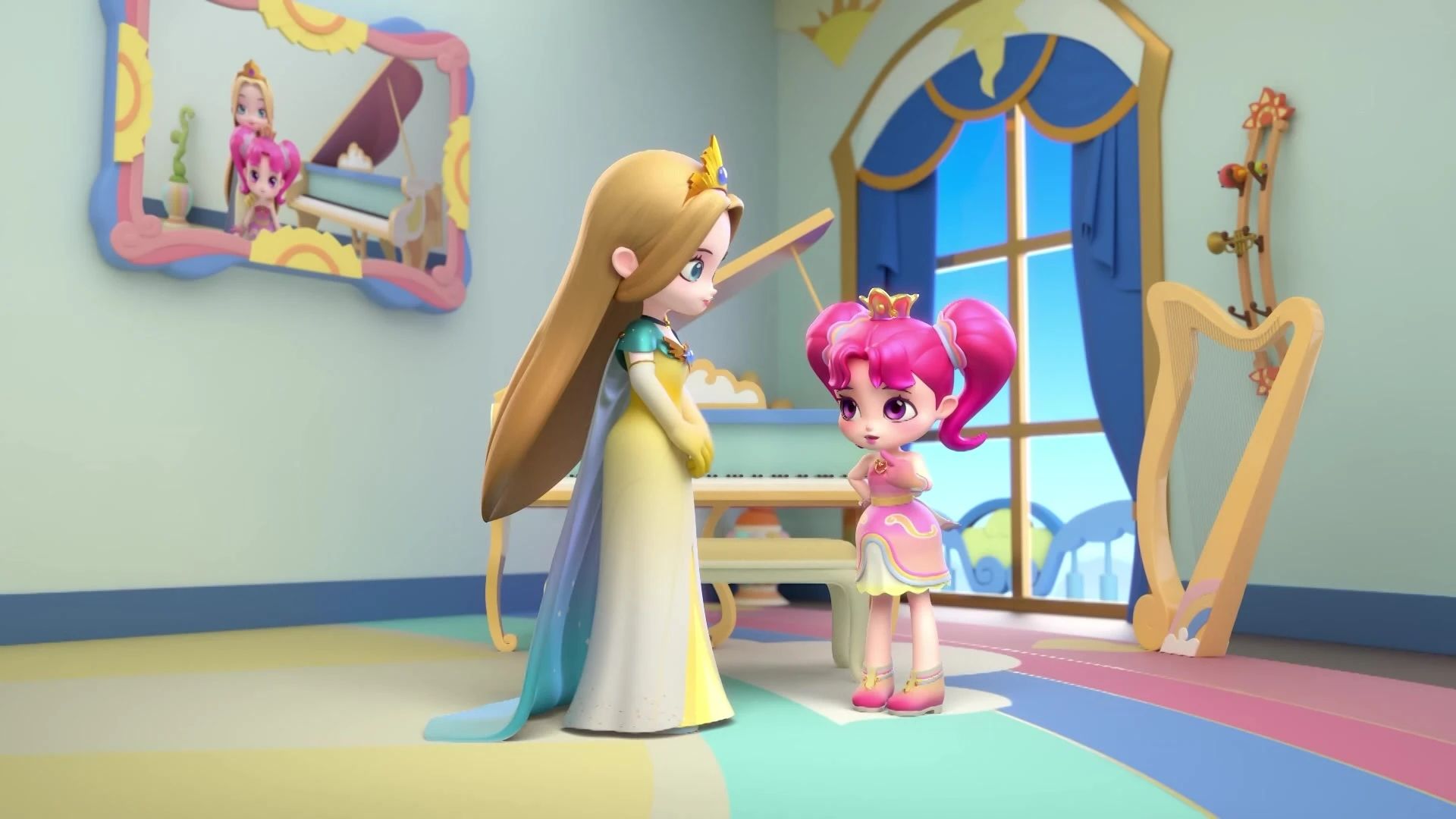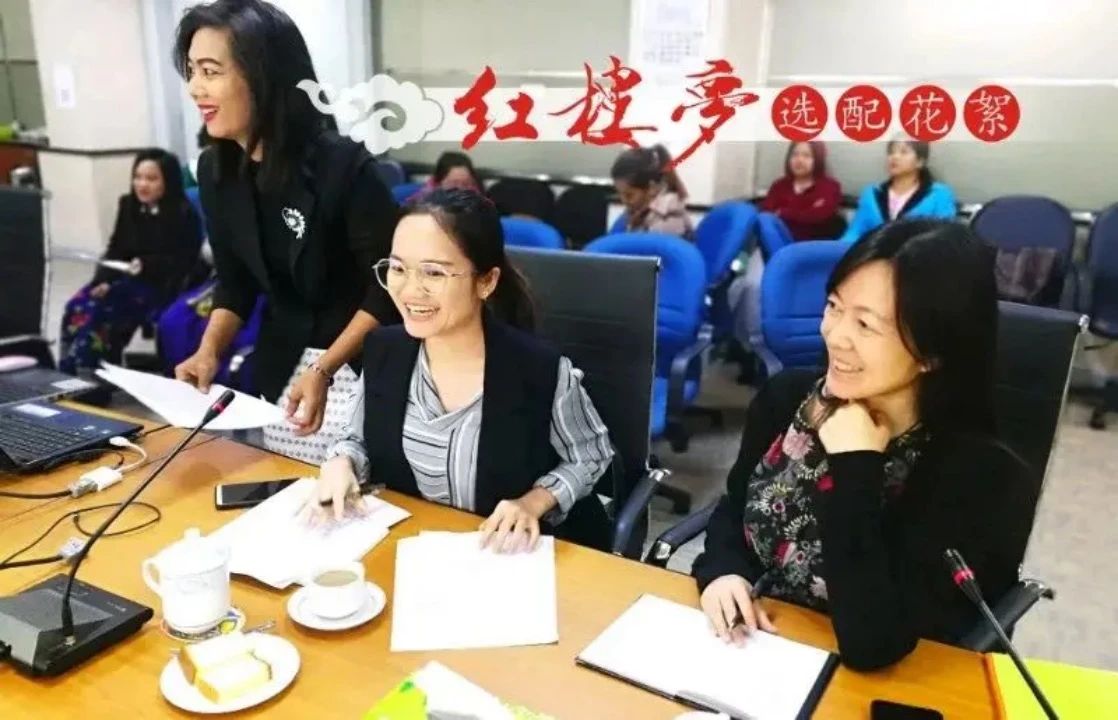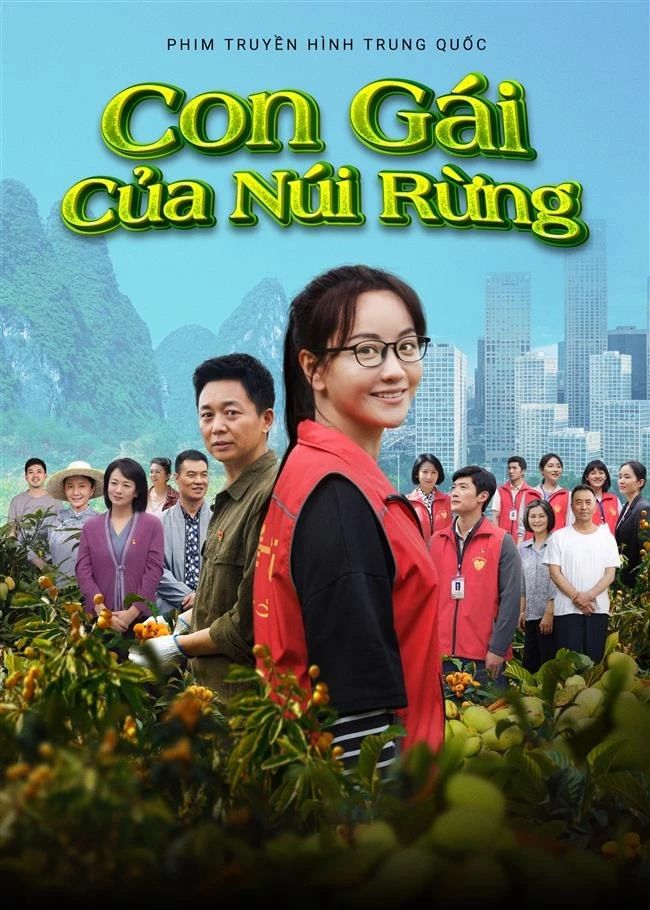
本文在 Shanghai Daily 报纸版获整版刊登
Seven princesses dance with vigor and charm, hosting themed parties where they express their wishes through the magic of music and, in solidarity, overcome the myriad difficulties confronting them.
These scenes are from "Princess Doremi," an animated series for preschoolers aged 4-6.
The domestic animation for preschoolers was launched on Vietnam's VSTV on July 12, receiving rave reviews and marking another success in introducing China's dramatic products to the Southeast Asian country. It is attributed to the collaboration among the three co-producers: Beijing iQIYI Technology Co., Ltd., Nanning FZ Entertainment Co., Ltd., and KAKU Media.
"We are focused on emotional intelligence education, by showing how social relationships function in a meticulously crafted context," said Chen Jinxuan, head of the "Princess Doremi" team and project manager of FZ Entertainment, in a recent interview in Nanning, capital of Guangxi Zhuang Autonomous Region. "It helps children to navigate different social challenges by fostering their self-awareness and emotional management skills."
The old saying that it takes a village to raise a child has shifted in this age of information overload and constant cultural clashes, where particular care is needed in the education of girls.
In this 3D animation, the heartwarming story of the seven unique princesses unfolds to the accompaniment of music, with each princess embodying a distinct culture.

A scene from Princess Doremi dubbed in Vietnamese
As they host a series of themed parties, the princesses are confronted with challenges. Doremi, fixated on pleasing others, ends up making a mess of a concert rehearsal, while Reba's runaway curiosity lands her in trouble. Empowered by beautiful music, the princesses unite and emerge triumphant.
Chen said the central message is that every girl is special in her own way and can define what kind of princess she wants to be.
Since its domestic premiere on October 22, 2021, the art and engaging storyline of "Princess Doremi" have earned it rave reviews, and it topped several iQIYI charts.
A Douban user commented: "This is perfect for young girls! It has original songs, adorable dances, and a positive, healthy storyline. I was quite astonished to find it a domestic production!"
Building on this success, "Princess Doremi" went on to release its third season and won the "Best 3D Animation Award" at the 28th Asian Television Awards on January 12, which set the stage for its recent debut in Vietnam.
Given the strength of Sino-Vietnamese cultural affinity, the team should have been prepared for how well the show would be received by Vietnamese audiences.
"From the very beginning, we have aimed for international reach, by incorporating diverse cultural elements into the conception of the princesses and assimilating salient aspects of different cultures into the stories," Chen said.
This was not the team's first successful overseas exposure.
In 2017, their first science animation, "CoNaBLUE," led the Nanning-based art company off to a good start, after spending almost 10 years trying to secure a foothold in the market.

Students from Shanghai International Studies University try dubbing an animation at the China-ASEAN Translation Center in Nanning.
"CoNaBLUE," also for preschoolers aged 4-6, tells of the story of a dedicated group of marine animals working together to defuse crises and meet challenges, highlighting the value of teamwork and the interdependence of humans and other animals.
Its all-star cast includes white rhinos and zebras from Africa, and scorpions and lizards from the Arabian Peninsula, among others.
"Each character is delineated to reflect the particular merits of these animals, such as the white rhino's resilience and the baboon's intelligence, in a mesmerizing story that happens to be educational," said Gan Yongsui, head of School-Enterprise Cooperation under FZ Entertainment.
The characters, through their dexterous yet natural exploitation of scientific concepts, help introduce young viewers to topics such as food chains and ecology.
By participating in over 20 international film and TV trade events, the company has been a de facto promoter of Chinese culture, with its products now available in English, Vietnamese, Arabic, French, Persian, and other languages. Its products are now available on 13 international TV channels, boasting audiences in over 80 countries and regions covering ASEAN, the European Union, the Middle East, Africa, Latin America, and North America.
FZ Entertainment is not advancing the global outreach of Chinese films and television dramas alone. In a sense, Guangxi has been proactive in leveraging its geographical proximity to ASEAN countries to actively promote the dissemination of Chinese films, television dramas, and animation in these nations.
On August 12, 2019, the airing of "A Dream of Red Mansions" in Myanmar was another attempt by Guangxi Radio and Television Station to share the Chinese literary classic with international audiences through China Central Television's now classic 1987 adaptation of the novel, in 36 parts.

Voice actor candidates dub A Dream of Red Mansions under arrangement by Guangxi Radio and Television Station and Myanmar National Radio and Television.
"The drama was so captivating in Myanmar that, impatient to know about the fate of different individuals, the Myanmar voice actors simply turned to me for spoilers," said Zhong Yulong, a member of the dubbing team.
In addition to Myanmar, the China-ASEAN Translation Center, under Guangxi Radio and Television Station, has also dubbed the classic romance into Lao, Vietnamese and Cambodian.
"I heard of 'A Dream of Red Mansions' a long time ago," wrote a Laotian viewer. "But it was such a surprise see a TV series adapted from it in Laos. When this TV series aired, my whole family would discuss the plot enthusiastically. It allowed us to understand the cuisine, clothing, housing, and means of transport in ancient China."
The Laotian viewer hoped to see more such excellent dramatic works from China.
The translation team chose to have the drama dubbed, rather than just provide subtitles in the corresponding language, for a good reason.
"Through dubbing, the audience can feel the characters' pulse and cultural overtures more intimately," said Zhong, in an assessment that is peculiar to the Southeast Asian market.
Zhong attributed the overseas exuberance for a classic Chinese drama to the "deep cultural nexus between China and Southeast Asian countries."
Some modern drama series, even those commonly labeled zhu xuan lu dramas, or those espousing mainstream values in modern China, also resonate overseas.
On September, 2022, when the TV drama "Daughter of Mountains," also dubbed by Guangxi Radio and Television, was aired on Lao National Television and Vietnam Digital Television, its reception was overwhelming.

A poster advertises the TV drama Daughter of Mountains in Vietnamese.
Based on the true story of Huang Wenxiu, the drama tells how Huang, after earning her Master's degree, instead of working in a big city, chooses to return to her rural hometown to help alleviate poverty.
Even Lao Haimeng, director of the International Communication Center of Guangxi Radio and Television Station, was astonished by its overseas repercussions.
"I saw many Vietnamese viewers who said that they hoped their country could also have outstanding talent like Huang Wenxiu who were selfless and dedicated," Lao said.
In a recent interview in Nanning, Lao expressed a wish to "help more international audiences understand the lives of young people in contemporary China through our films and television dramas."
Guangxi Radio and Television Station has also translated and dubbed some cartoons into Lao and Cambodian, such as "Pleasant Goat and Big Big Wolf," a popular series with Chinese children.
Chinese tourists to Vietnamese temples are often asked by locals as to the meaning of the Chinese characters adorning some historical buildings there.
Apparently, the underlying cultural affinity not only sustains vibrant trade ties, but also sets the tone for the local reception of Chinese dramatic work.
The shared legacy is catalyst for mutual understanding, testifying to the power of cultural exchanges in fostering closer ties between China and other ASEAN countries, like a thread that stitches together the fabric of shared cultural experiences.
The authors are Wan Lixin, Zhu Xueer and Zhao Yiru. Lu Tianyue and Chen Yanxi also contributed to the article. Zhu Xueer, Zhao Yiru, Lu Tianyue and Chen Yanxi are MA students from the School of Journalism and Communication, Shanghai International Studies University.

 |Hongkou Campus|550 Dalian Road (W), Shanghai 200083, China |Songjiang Campus|1550 Wenxiang Road, Shanghai 201620, China
|Hongkou Campus|550 Dalian Road (W), Shanghai 200083, China |Songjiang Campus|1550 Wenxiang Road, Shanghai 201620, China